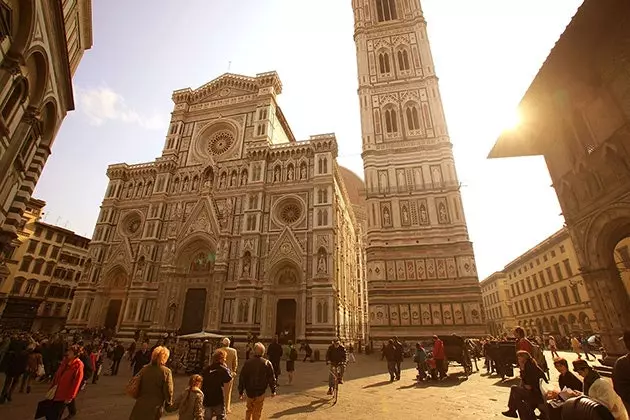
From Florence to Jerusalem: cities that produce syndromes
THE JERUSALEM SYNDROME: BECOMING THE MESSIAH
If you plan to visit Jerusalem, try to avoid Christmas. Because this time of year is the most dangerous to contract this mystical syndrome, in which the person believes that he is a figure from the Bible. The pathology has been found in tourists of various beliefs: Jews, Muslims, Christians or Buddhists they can succumb to the charm of a city so linked to religion that it manages to make us believe that we are also part of it. The most recurrent incarnated characters are Moses, John the Baptist, King David, the apostle Paul and, of course, Jesus. But there are more curiosities about this syndrome: it seems that when visitors leave Jerusalem, return to complete normality and find it hard to explain why they have become a character from the holy scriptures and have walked down the street wrapped in hotel sheets.

Believe the Messiah in Jerusalem
THE FLORENCE SYNDROME: SPOILED BY BEAUTY
Art lovers beware: sometimes seeing something incredibly beautiful can make us sick. This is what happens to dozens of tourists who enter the Galleria degli Uffizi every year and stroll through the Florentine art museums. Feelings of dizziness, lightheadedness, an urge to cry, or an urge to destroy works of art too beautiful are some of the symptoms of this aesthetic syndrome. Although the Florentine psychiatrist Graziella Magherini coined the term in 1979, this pathology is also known as Stendhal's syndrome for a fragment of the book A trip from Milan to Reggio. There the French writer describes his deep amazement after visiting the Basilica of Santa Croce in Florence and looking at Giotto's frescoes. Actually, Stendhal refers rather to the vertigo that comes from realizing that all beauty is finite and that death is always lurking, since Michelangelo and Galileo Galilei are buried in the basilica. Today, the expression is also used to refer to intense emotion after contemplating the beauty of nature.

Florence: Stendhal syndrome in vein
THE PARIS SYNDROME: A CULTURAL SHOCK FOR THE NIPS
This psychological disorder of people who visit Paris is not funny at all: tourists think they are being persecuted , have a deep feeling of disappointment and may manifest tachycardia. But how can one of the most beautiful cities in the world produce these effects? The root of the problem lies in the emotion aroused by walking through the city of lights and realizing that it is not what we expected. It affects, above all, Japanese people who have an idealized idea of the city because of movies and novels, especially to women in their thirties who have never traveled to Europe. Upon arrival, they are met with unfriendly waiters (oh, the Parisians!), an inability to communicate in any language other than French, or a completely different and insulting sense of humor. Every year, more than twenty Japanese tourists have to be repatriated because of this syndrome and that is why the Japanese embassy has a telephone line available 24 hours a day to calm its fellow citizens. Amélie, how much damage you have done!
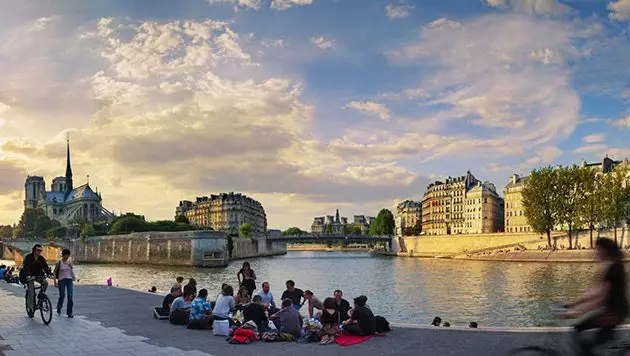
Paris: a city that drives the Japanese crazy
NEW YORK SYNDROME: METROPOLIS AND AGORAPHOBIAS
We have seen it in many movies: a young man from the American countryside looks out over the Big Apple and is absolutely captivated by its lights and buildings. But this meeting is not always so idyllic, and in some cases visitors can develop pathologies. It is known as New York syndrome. the dizziness, fatigue, and rapid heart rate that tourists to Nebraska (yes, especially from Nebraska) feel when they arrive in the city. It is also experienced by visitors to small North American towns, especially from Iowa, Kansas, Minnesota, Missouri, North Dakota, and South Dakota . New York's dense population, coupled with a vertical rather than horizontal layout, produce a deep sense of agoraphobia and fear of being robbed by force. Something similar happens with Tokyo syndrome: fatigue, mild epileptic seizures, dizziness, and hallucinations due to a feeling of anxiety at being among millions of people and neon screens.
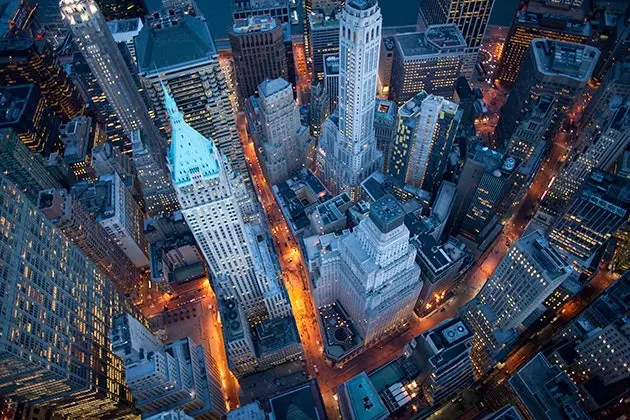
New York: A City Not Fit for (Some) Tourists from Nebraska
THE INDIA SYNDROME: MYSTICISM TO THE EXTREME
Every year, thousands of Westerners flock to India to meditate, practice yoga, or find spiritual transcendence. Some of them may develop a syndrome linked to the country, which can be expressed in various ways. The first, in an obsession with practicing meditation and spending entire days doing yoga , showing symptoms of malnutrition and physical exhaustion within a few weeks. It is common for some of these tourists, after meditating so much, to believe that they have discovered the lost continent of Lemuria or that the end of the world is near. The second expression of the syndrome is found in the disappointment of encountering a chaotic and complicated culture , very far from the idealization of a calm and serene place where to find oneself. Who is responsible for us having this idyllic image? Culprits as diverse as The Beatles and David Lynch (who founded the Transcendental Meditation foundation) are blamed for helping to shape a biased image of India.
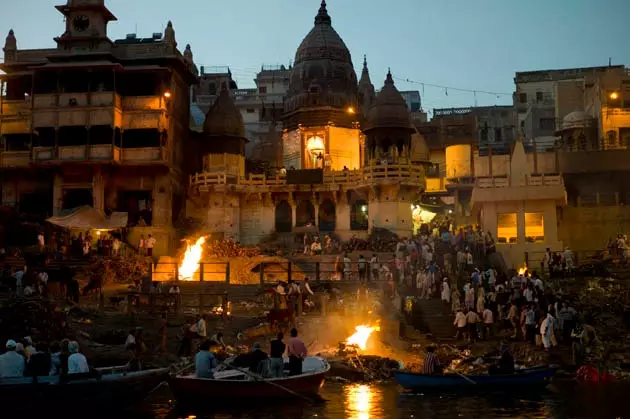
Funeral pyres light up Varanasi at dusk
STOCKHOLM SYNDROME: TURNING PATHOLOGIES INTO SHOPS
Today, the clothing store on the corner of Norrmalmstorg square doesn't arouse much interest. But a few years ago it became the first place in the world to give its name to one of the most well-known syndromes today. Although it is not so linked to Stockholm itself – as in the case of the other syndromes we have seen – it is interesting to visit this square in the Scandinavian capital. Where today the Acne accessory store is located, in 1973 there was the Sveriges Kreditbanken bank, famous because some hooded kept four hostages locked up for six days . These, instead of rebelling, identified with the kidnappers and even refused to testify against them. There is also the opposite syndrome linked to a city: the one in Lima takes place when the kidnappers side with the hostages (it originates from the hostage-taking at the Japanese embassy in Peru) and the London syndrome is when the hostages refuse to cooperate, as happened in the English capital in 1980 when the Iranian embassy was attacked. Pathologies that show that the country where we are influences us more than we think.
*** You may also be interested in:**
- Routes to spirituality
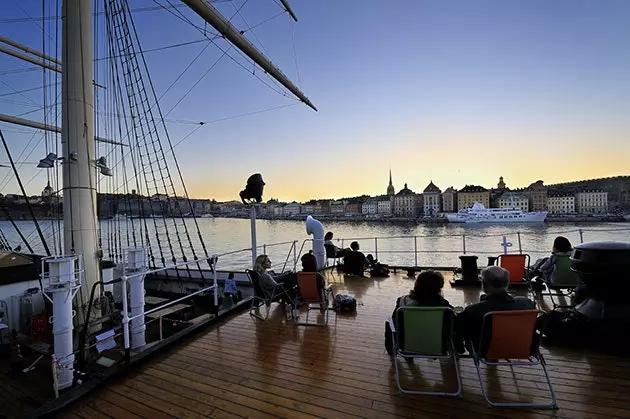
Stockholm, when pathologies become shops
